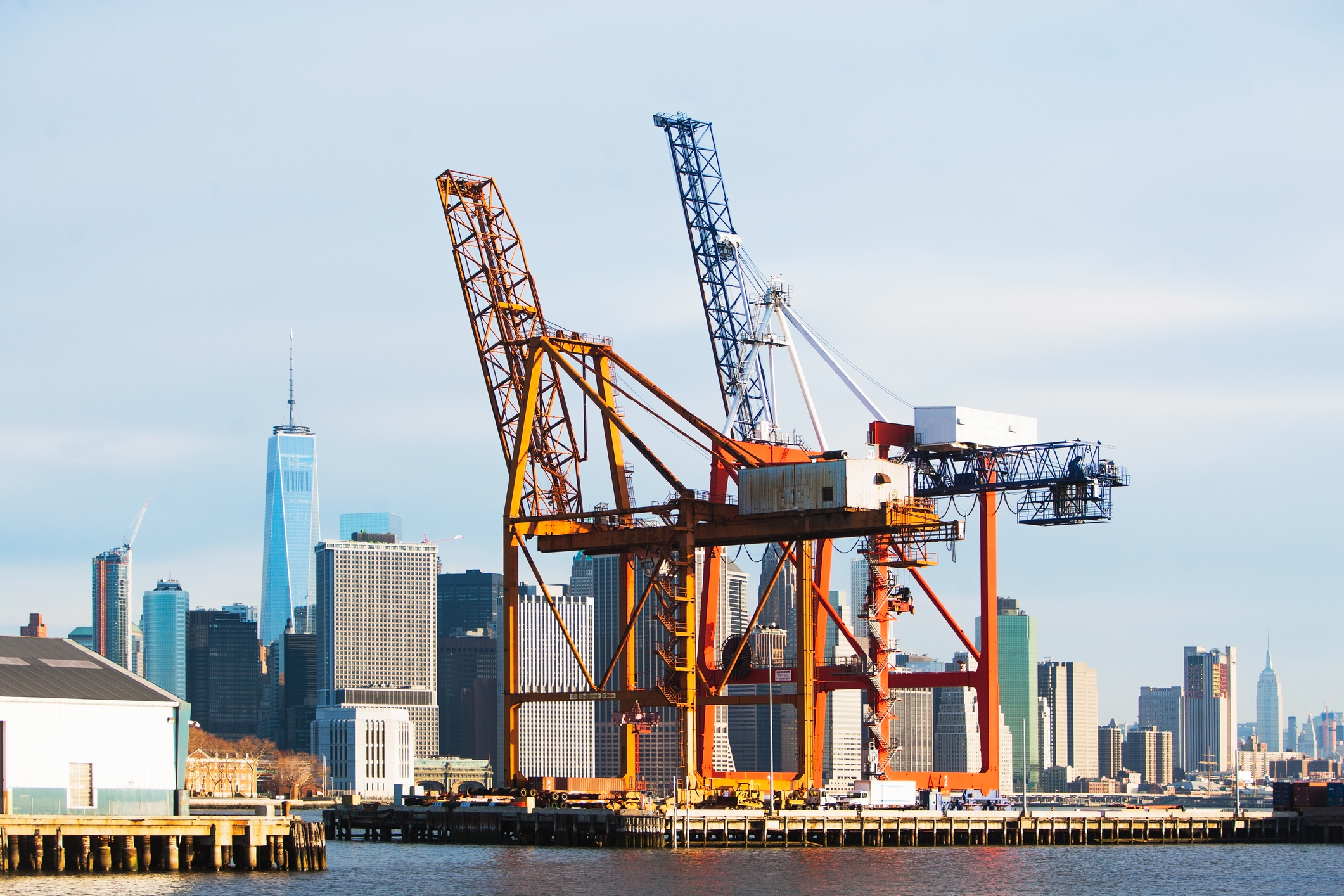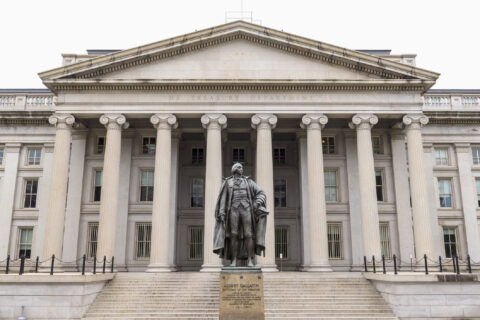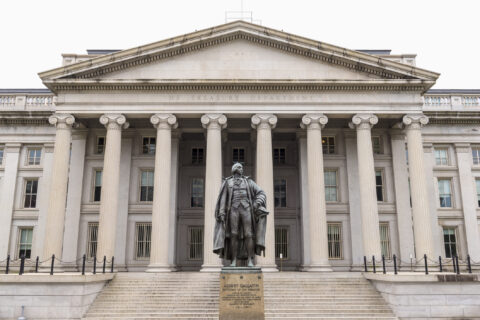By Damion Deshield
Ports are vital nodes in global supply chains, facilitating the movement of goods and fostering economic growth. However, they pose significant environmental and public health challenges, particularly in nearby communities. To address these issues, the U.S. Environmental Protection Agency (EPA) has launched the Clean Ports Program, offering $3 billion in funding to support the transition to zero-emission port operations and enhance air quality planning.
Understanding the Clean Ports Program
The Clean Ports Program, established under the Inflation Reduction Act of 2022, aims to reduce diesel pollution and greenhouse gas emissions in and around U.S. ports while promoting community engagement and emissions reduction planning. The program comprises two main funding opportunities: the Zero-Emission Technology Deployment Competition and the Climate and Air Quality Planning Competition. Eligible participants are encouraged to apply by 11:59 PM (ET) for the May 28, 2024 deadline. View other important dates and times.
Eligible Recipients
Port authorities, state, regional, and Tribal agencies having jurisdiction over a port authority or port are eligible for both competitions under the Clean Ports Program. Air pollution control agencies may also participate. Additionally, private entities are permitted provided they apply in partnership with one of the previously mentioned eligible organizations and own, operate, or use facilities, cargo-handling equipment, transportation equipment, or related technology of a port. The funding can facilitate projects at water ports (coastal and inland) and at facilities where goods transfer between rail cars and trucks (dry ports).
Four activity pathways exist to receive funding through the Air Quality Planning Competition:
- Emissions inventory and planning practices;
- Stakeholder collaboration and communication, including workforce planning analysis, focusing on nearby port communities;
- Strategy analysis with goal setting;
- Resiliency planning.
Qualifying expenses for the Zero-Emission Technology Deployment Competition include mobile equipment that serves a port, infrastructure serving mobile equipment, and technology deployment support activities. More details about expenses acceptable for the zero-emission technology competition are here.
Project Examples
A list of projects congruent with the EPA Clean Ports Program is on this page. Successful projects of note have been completed by:
Port of Los Angeles
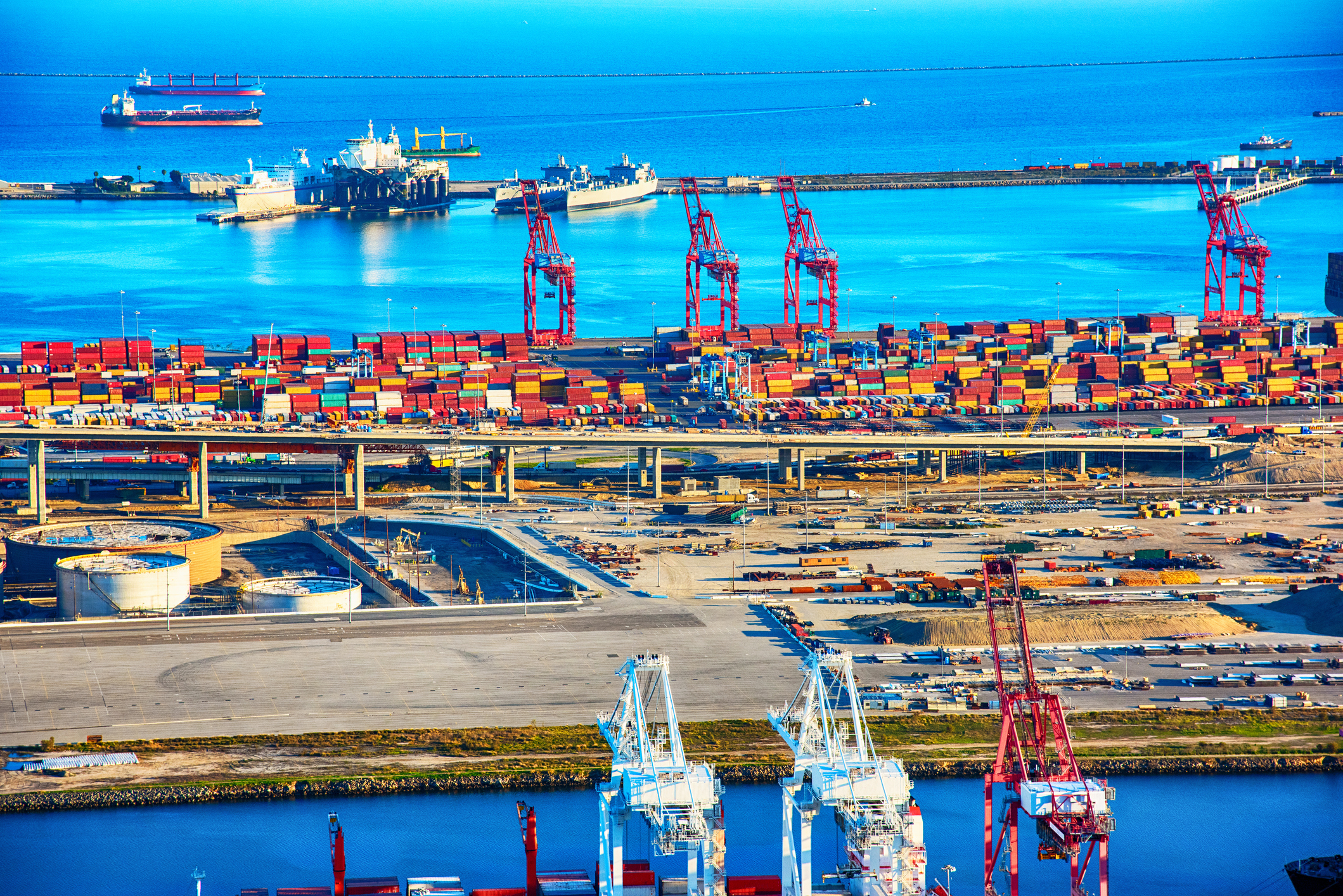
Port of Los Angeles off-road heavy-duty equipment and infrastructure enhancements. In 2014, the U.S. Environmental Protection Agency granted a total of $1.3 million of Diesel Emission Reduction Act funding for a new electric crane to the Los Angeles Harbor Department. The new electric crane is the port complex’s first electric mobile ship-loading crane for non-container cargo, a crucial step in the port’s goal of becoming a zero-emission green port.
San Pedro Bay
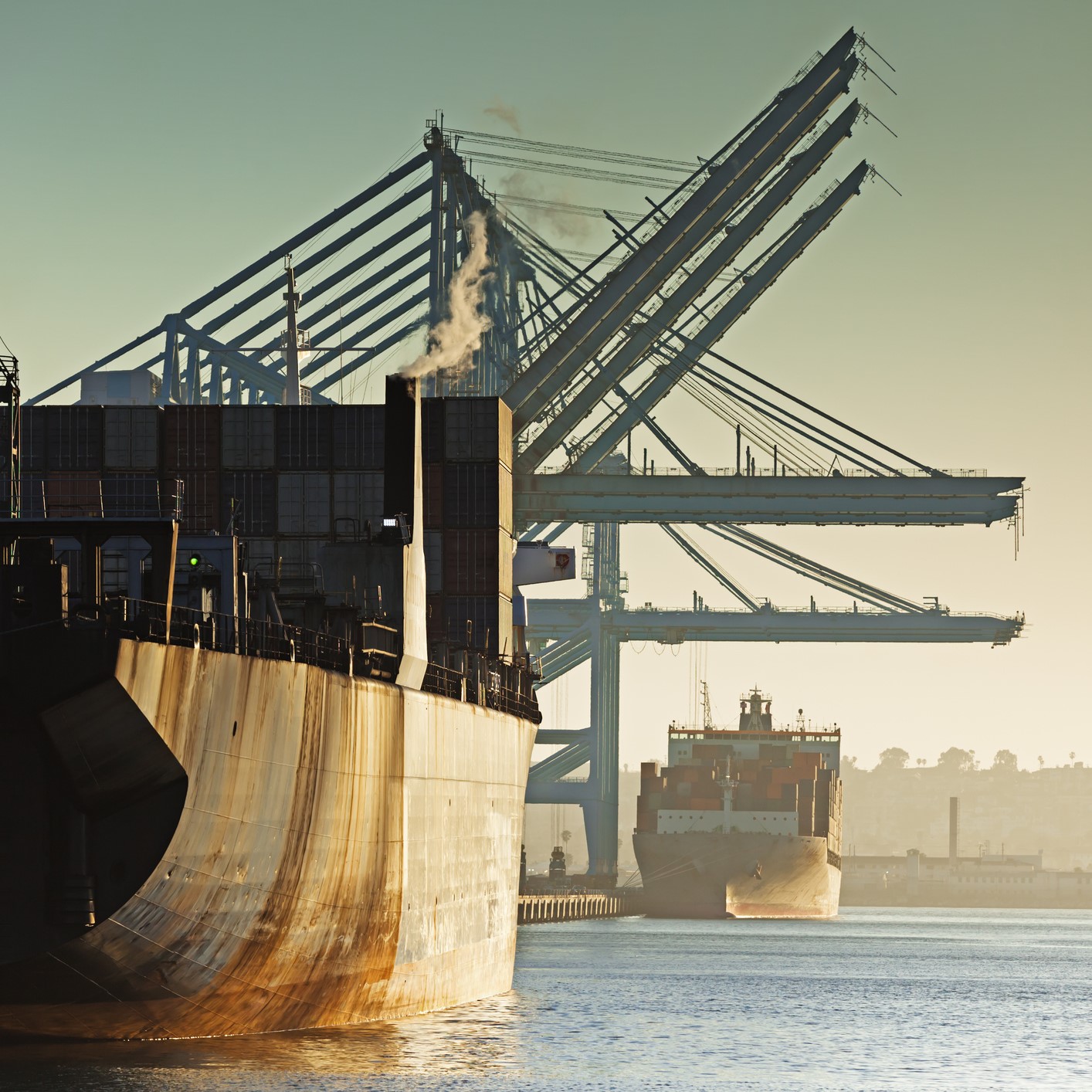
San Pedro Bay Ports’ Clean Air Action Plan (CAAP) best practices and lessons learned. The Ports developed the Circle Air Action Plan (CAAP) to be a living document: each update included new data and strategies as information and technology became available. Each version of the CAAP addressed the “fair share” of the Ports’ pollutant emissions that were contributing to regional air quality problems, tailored control strategies to specific emission source types (i.e., vessels, heavy-duty trucks, cargo-handling equipment, etc.), and reflected the most recent, accurate annual emissions inventories and estimates. There were two updates to the original 2006 CAAP in 2010 and 2017.
Missoula Railyard

Missoula Railyard reduced costs and idling emissions. The Missoula Railyard project focused on reducing air pollution and saving money from reduced fuel consumption by switcher locomotives at the Montana Rail Link Railyard in Missoula, Montana, during colder months. Installing auxiliary power units on eight-switcher locomotives and changing the mandatory idling policy to better fit daily temperature conditions resulted in significant fuel savings.
Georgia Ports Authority
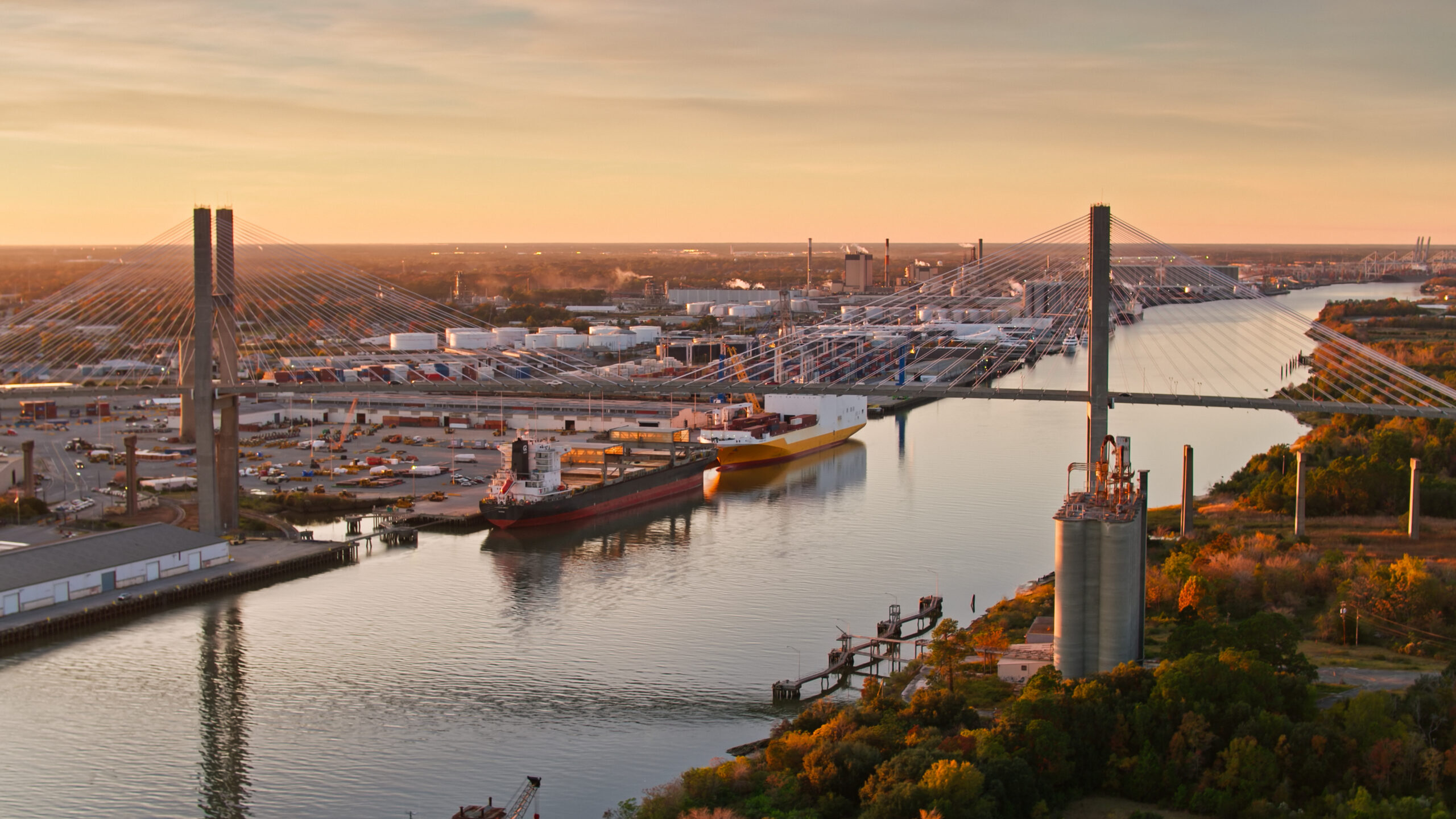
The Georgia Ports Authority reduced diesel emissions, improved efficiency, and saved costs. The Georgia Ports Authority reduced diesel emissions, improved efficiency, and saved costs. Types of projects fell into these areas: truck replacement, switch to alternative fuels, infrastructure and/or operations enhancements, and community-port collaboration.
Tips for Getting Started
- Educate Yourself: Familiarize yourself with the program guidelines and eligibility criteria outlined in the Notices of Funding Opportunities (NOFOs). Understanding these details is crucial before diving into the application process. See the application process.
- Attend Information Sessions & Review Resources: Take advantage of webinars and information sessions hosted by the EPA to gain insights into the application process, funding priorities, and expectations. These sessions often provide valuable tips and clarifications. For example, there was an Overview of EVA’s Clean Ports Program Funding Opportunities online seminar, and a recording is viewable on the provided link. Additionally, tools and resources for applicants are here.
- Identify Eligible Projects: Determine which projects align with the program goals, such as zero-emission technology deployment, emissions reduction planning, and community engagement initiatives.
